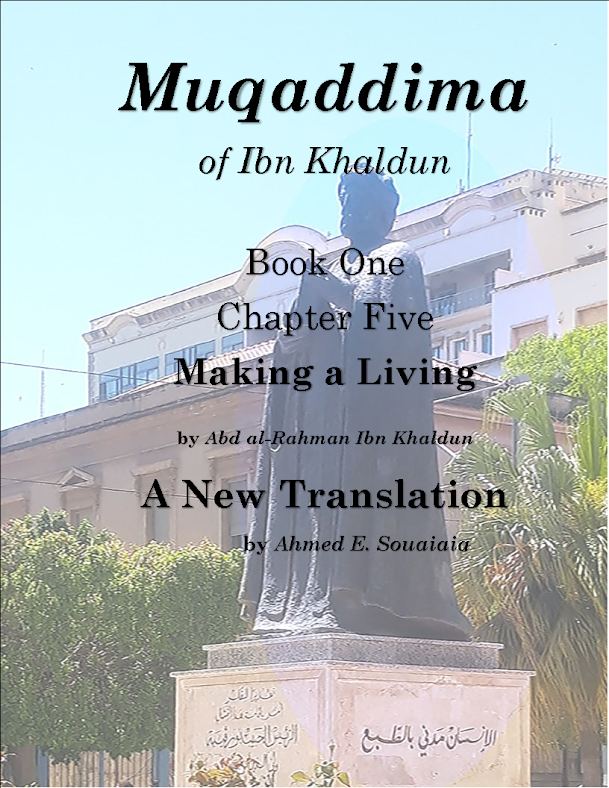The Body Counter
Wednesday, February 29, 2012
No comments
BY TINA ROSENBERG
The choreography of a typical human rights investigation goes like this: Researchers interview victims and witnesses and write their report. The local media cover it -- if they can. Then those accused dismiss it; you have nothing more than stories, it's one word against another, the sources are biased, the evidence faked. And it goes away
On March 13, 2002, in a courtroom in The Hague, something different happened. In the trial of Slobodan Milosevic, Patrick Ball, an American statistician, presented numbers to support the case that Milosevic had pursued a deliberate policy of ethnic cleansing. "We find evidence consistent with the hypothesis that Yugoslav forces forced people from their homes, forced Albanian Kosovars from their homes, and killed people," Ball said.
Ball made this statement under cross-examination by Milosevic's lawyer, who was, in fact, Milosevic himself. Over two days, the former president of Yugoslavia used his time to rage at Ball: The evidence was fabricated. The organizations that gathered the data were anti-Serb, trying to "galvanize public opinion and raise hostility against the Serbs and the desire to punish them," Milosevic insisted. War is chaos, he said -- how can you be so simplistic as to think that outcomes have a single cause? Why didn't you examine Serb refugee flows? How can you, a self-described supporter of international law, be considered objective?




































